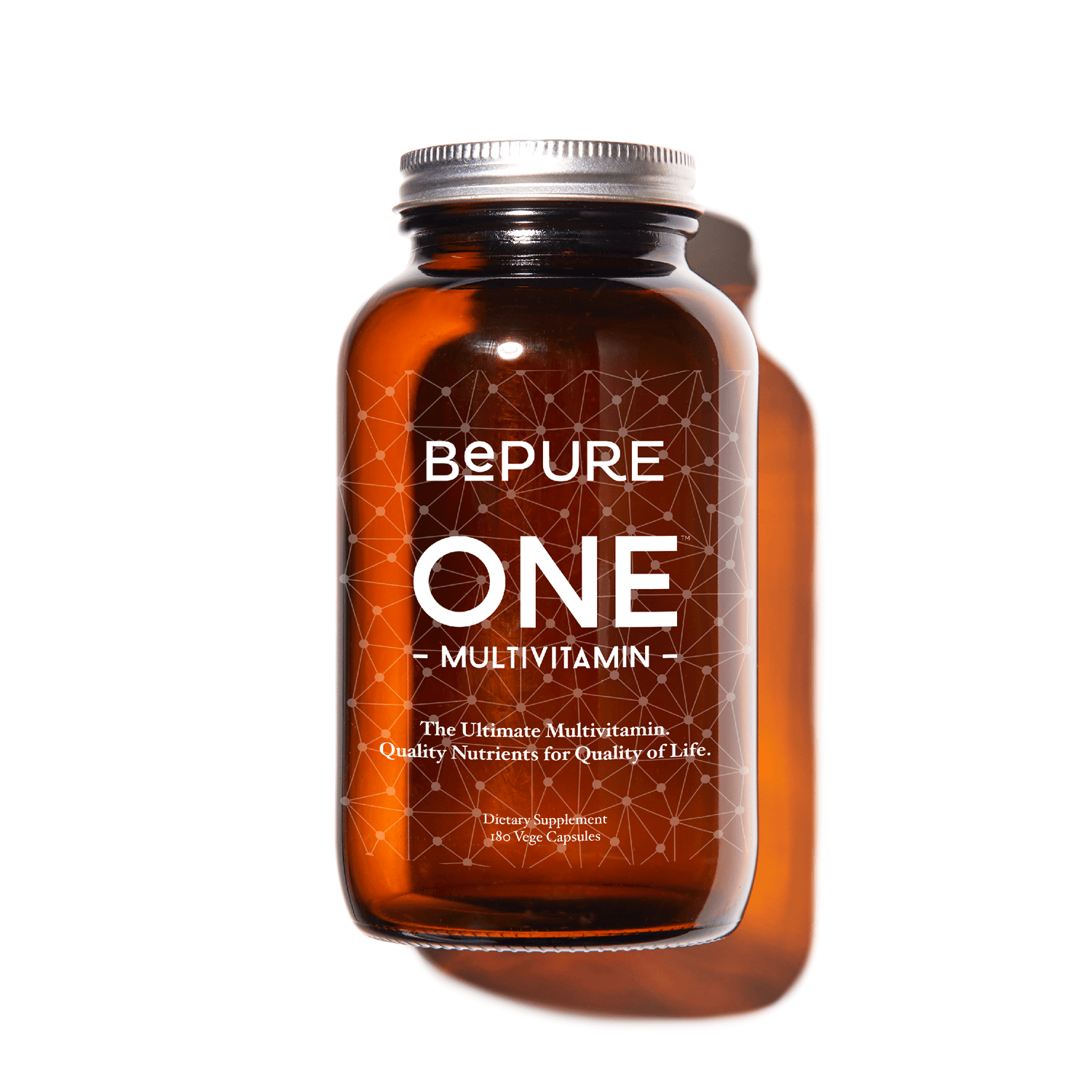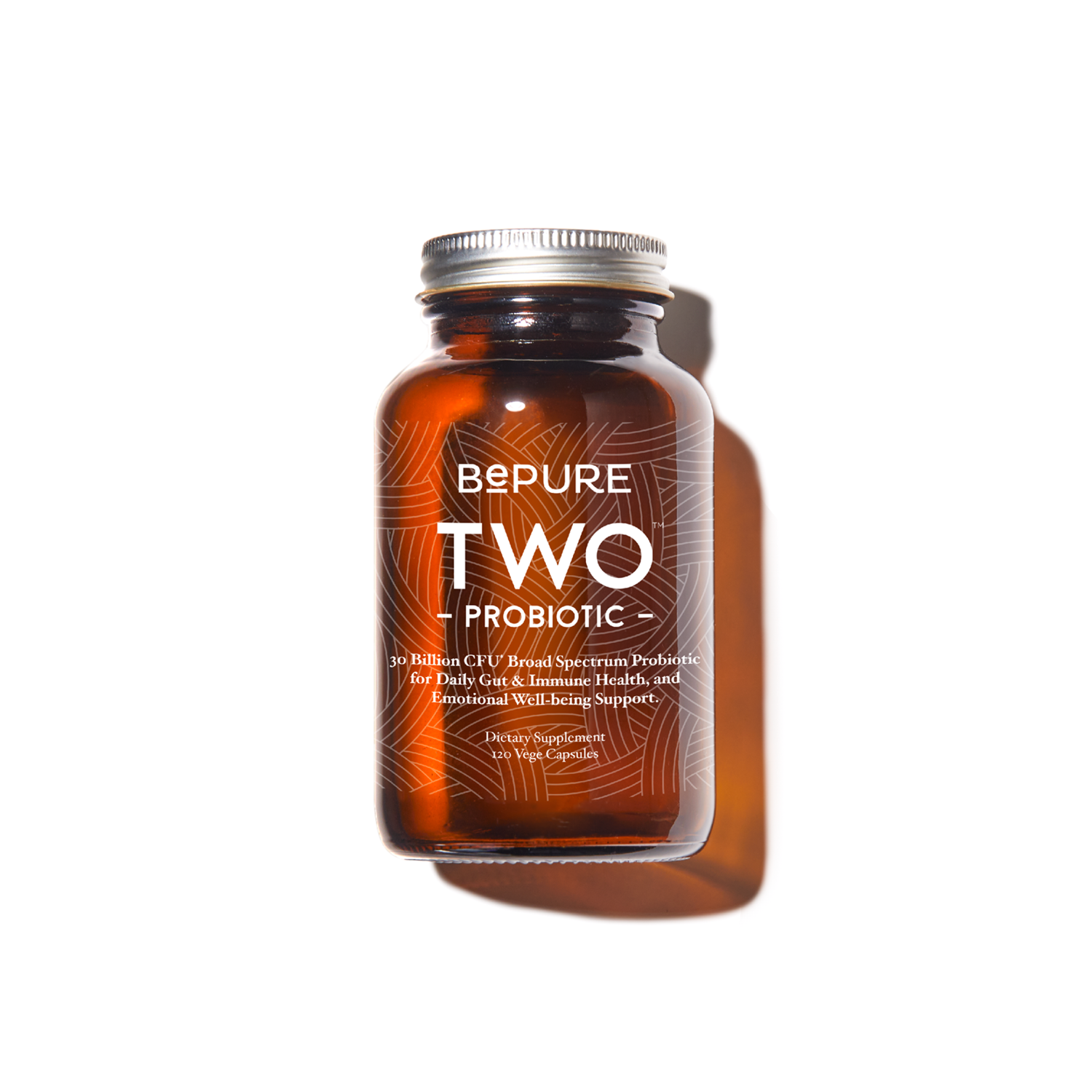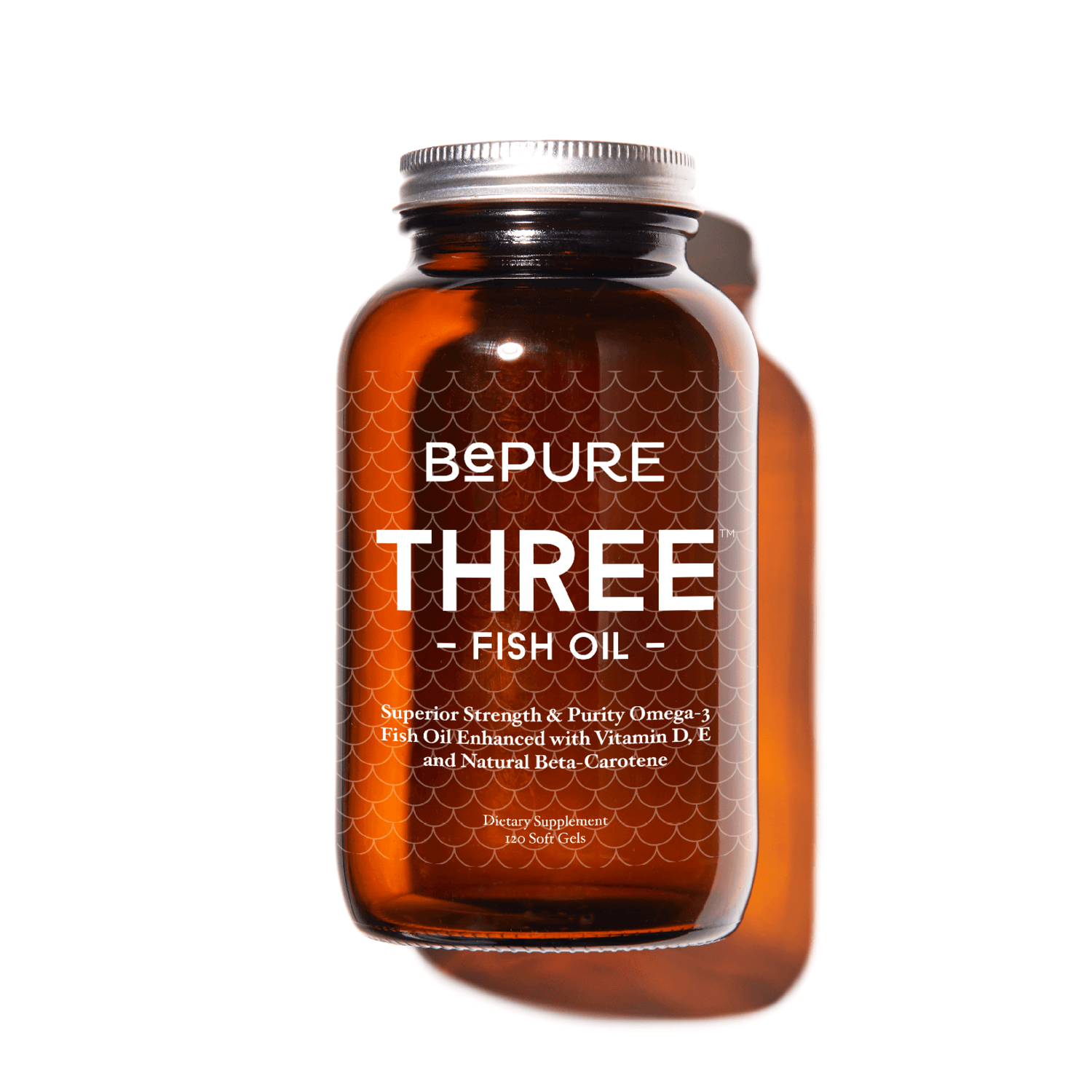As the season's change and the days get longer we naturally spend more time outdoors. The sun is rising earlier and setting later which makes going for a morning run or afternoon stroll much more appealing than in the cold winter months.
Movement is vital to our health, well beyond the benefits of looking good. The ‘why’ or the ‘benefits’ of movement go beyond our outer appearance. It has a strong connection with our hormones, mood and how we feel. Over the past few months, we have been looking at hormone health, and how hormonal balance plays a crucial role in our health and wellbeing.
Movement is vital to our health, well beyond the benefits of looking good
Today I’ll talk about how exercise affects hormone balance in men and women, what exercise supports hormone balance for different people and situations, as well as how to get more movement into your day-to-day life.
How does movement affect hormone balance in women?
For women, movement is beneficial and important on a daily basis. However, engaging in high intensity exercise can create stress on our body and hormonal system. This is because our body cannot differentiate between real or perceived stress. Therefore, putting our body under the stress of high intensity exercise tends to trigger a flight or fight response in our system and our body’s response is to increase the production of stress hormones adrenalin and cortisol.
...putting our body under the stress of high intensity exercise tends to trigger a flight or fight response in our system.
Too much exercise can contribute to low progesterone through a process known as the ‘pregnenolone steal’. Our sex and stress hormones share the same precursors and when our body is under stress, real or perceived, it will opt to make more of the stress hormone, cortisol, over progesterone, our all important calming reproductive hormone. It makes sense that the body favours survival over reproduction. This instance of the pregnenolone steal is very common, where women often show indications of low progesterone.
Exercise is important, and it is best to engage in it daily, however, you need to make sure that you are exercising in a way that is right for you personally. If you have a lot of stress in your life already, such as running a business, looking after a family, financial stress or you generally fit a lot into your day, then you need to be conscious of the exercise that you are doing and if it serving your health or adding more stress.
Exercise is important, and it is best to engage in it daily, however, you need to make sure that you are exercising in a way that is right for you personally.
If you do not have a lot of stress in your daily life then more intense exercise could suit you well, as a small amount of stress can be helpful. Exercise at the right intensity level for your lifestyle is a great example of exposing your body to the right amount of stress for positive adaptation and changes to occur. If the exercise intensity is applied correctly the resulting endorphins and hormones from the activity can help promote sleep, stress management and can activate your parasympathetic - or rest and digest - nervous system.
What’s the best exercise for women’s hormone balance?
If you have a lot of stress in your life already then taking a walk in nature or practicing some yoga may be more beneficial to you. Any movement involving a breathing based exercise can assist in activating the parasympathetic nervous system. The idea here is to make breathing easier and deeper, in comparison with engaging in intense anaerobic exercise where breathing becomes harder.
Any movement involving a breathing based exercise can assist in activating the parasympathetic nervous system
1. Oestrogen Dominance or Endometriosis
If you experience oestrogen dominance and/or endometriosis, aerobic exercise is very important. This is exercise where you are breathing a little harder but not puffing. A gradual hill walk, slow jog, swimming, vinyasa yoga and cycling are some good ideas. This form of exercise has also found to be beneficial in reducing oestrogen by assisting in stimulating liver function.
2. Low Progesterone
One of the main reasons for low progesterone can be traced back to chronic stress. I’d recommend a walk in nature or restorative / yin yoga to help support hormone balance in people with low progesterone. It’s really about finding ways to slow down, rather than speed up our movement.
3. Polycystic Ovarian Syndrome (PCOS)
If you have PCOS, a balance between aerobic and anaerobic may help support your hormone balance. Aerobic exercise such as resistance training can help to upregulate metabolism, as well as improve liver function, as it activates the lymphatic system to support the body’s detox pathways. Daily exercise is especially great for improving the mood aspect of PMS and can help decrease insulin sensitivity.
4. Osteoporosis in Postmenopausal Women
Even though oestrogen isn't required for reproduction in postmenopausal women, they still need a small amount of oestrogen and progesterone to keep mood and testosterone in balance. Symptoms of low oestrogen include decreased libido, fat storage will shift from your hips to around your belly, vaginal dryness and an increased risk of osteoporosis.
Whole body resistance training with weights can help to support bone re-modeling for osteoporosis prevention. Research shows you require over 4x times the load of your body weight through the bone to achieve improved bone density. This does not mean you have to lift lots of weights, it could be simply going to a pump class or doing squats at a fairly decent pace.
How does exercise affect hormones in men?
For men, exercise is important for two reasons. The first has to do with improving the function of the liver and the second has to do with improving hormone balance, particularly testosterone. Exercise also helps to burn testosterone. This is very important because testosterone is used in men’s fight or flight response. This when the body perceives danger in times of physical or psychological stress, including exercise. If testosterone is not used it converts to oestrogen which promotes fat storage and in men that can result in “man boobs” or a ‘spare tyre’ around the midsection. If too much oestrogen is in the body, it can lead to oestrogen dominance. You can read here about the effects of oestrogen dominance and what to do about it.
If testosterone is not used in men, it converts to oestrogen which promotes fat storage and in men that can result in “man boobs” or a ‘spare tyre’ around the midsection.
What’s the best exercise for men’s hormone balance?
For men, doing exercise that combines whole body resistance training with anaerobic exercise like weightlifting and sprints can support your body to burn testosterone. This helps to build muscle mass and help men achieve the physical body they might be after. If men are wanting to strip down and lose muscle mass, aerobic exercise can help to support this.
Restorative forms of yoga is great for men to use post-intensive exercise for recovery and for maintaining flexibility. Finding a balance between aerobic and anaerobic exercise can help men to build muscle mass and then support their body in recovery phase. If men are experiencing stress, yoga or a walk in nature is a great place to start.
Exercise that is right for you
Exercise is incredibly important for everybody. No matter what it is, exercise is something everybody needs to be doing for at least 30 minutes a day.
No matter what it is, exercise is something everybody needs to be doing for at least 30 minutes a day
But it is key to find the right type of exercise for you. Finding exercise that works for you and your personal health goals is important.
- Find exercise you can enjoy. If you like to be out in nature, get outdoors and go for a walk or a run. While the gym is great for some people it is not for everyone.
- Something that’s easy to build into your day. Perhaps walk or bike home from work and turn your travel into active transport, or find a yoga class on the way to or from work.
- Exercise you can do with a friend. Finding a friend to be your accountability buddy is great motivator and more fun!
- Choose to relax if you need to. If you’re feeling stressed take some time off more intensive exercise and focus on allowing your body to rest.
It is also important to be realistic and flexible in your approach to movement. We can have the best of intentions and set goals to work out 6 days a week, but some weeks it will not happen. Learning to be okay with this and not viewing it as a failure is critical for building long-term habits and health. Small changes reap bigger results over time if you are consistent, than four weeks of intense, vigorous changes



